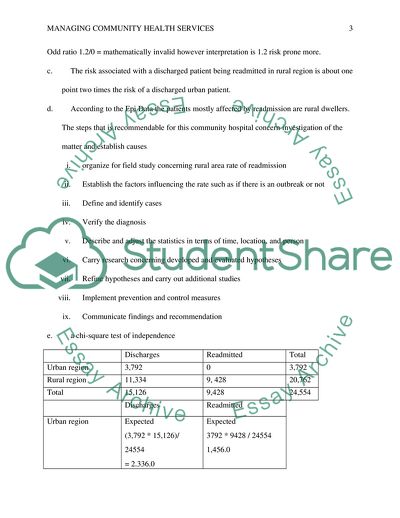Cite this document
(Managing Community Health Services Case Study Example | Topics and Well Written Essays - 1500 words, n.d.)
Managing Community Health Services Case Study Example | Topics and Well Written Essays - 1500 words. https://studentshare.org/health-sciences-medicine/1809977-managing-community-health-services
Managing Community Health Services Case Study Example | Topics and Well Written Essays - 1500 words. https://studentshare.org/health-sciences-medicine/1809977-managing-community-health-services
(Managing Community Health Services Case Study Example | Topics and Well Written Essays - 1500 Words)
Managing Community Health Services Case Study Example | Topics and Well Written Essays - 1500 Words. https://studentshare.org/health-sciences-medicine/1809977-managing-community-health-services.
Managing Community Health Services Case Study Example | Topics and Well Written Essays - 1500 Words. https://studentshare.org/health-sciences-medicine/1809977-managing-community-health-services.
“Managing Community Health Services Case Study Example | Topics and Well Written Essays - 1500 Words”. https://studentshare.org/health-sciences-medicine/1809977-managing-community-health-services.


